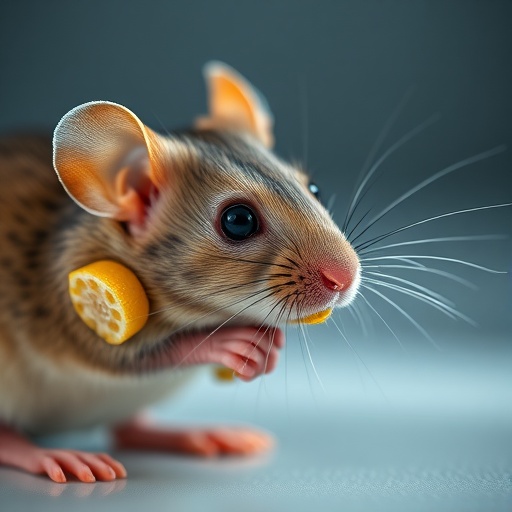Credit: 2018 KAUST
A technique that enables biologically active enzymes to survive the rigors of inkjet printing presents a promising alternative to routine blood screening exams faced by diabetic patients. The KAUST-led team used this approach to make disposable devices that can measure glucose concentrations in human saliva.
Strips of pH-sensitive paper are commonly used to test whether a liquid is acidic or alkaline. Researchers are now working to apply similar principles to create paper sensors that quickly indicate disease biomarkers. Key to this approach is replacing traditional electronic circuitry in the sensors with low-cost plastics that can be manufactured quickly and in large quantities.
Bioscientist Sahika Inal collaborated with electrical engineer Khaled Salama and materials scientist Derya Baran to use inkjet technology to produce sensors sensitive to small sugar concentrations in biofluids.
Utilizing a commercial ink made from conducting polymers, the team printed microscale electrode patterns onto glossy paper sheets. Next, they printed a sensing layer containing an enzyme, glucose oxidase, on top of the tiny electrodes. The biochemical reaction between available glucose and the enzyme creates electrical signals easily correlated to blood sugar levels.
“Paper is porous, which makes it challenging to print conducting and biological inks that are dissolved in water,” says Eloise Bihar, a postdoctoral researcher at KAUST and the first author of the study. “Printing the enzyme is tricky as well–it’s sensitive to variations of temperature, the voltage applied at the cartridge, and the pH of the ink.”
After optimizing the enzyme-printing conditions, the researchers had another obstacle to tackle. While fluids, such as sweat or saliva, contain enough sugar for monitoring purposes, they also contain molecules, such as ascorbic acid, that interfere electrically with conducting polymers. Coating the sensor with a nafion polymer membrane that repels the negative charges present in most interfering species enabled measurement of only the relevant glucose levels in saliva samples from volunteers.
Experiments showed the top coating gave the sensor an unprecedented shelf life–the enzyme could be kept alive and active for a month if stored in a sealed bag. These results are encouraging the team to expand the capabilities of this approach by incorporating different enzymes into the sensing layer.
“Optimization never ends in engineering, so we are trying to make this system more robust to detect other metabolites in biofluids,” says Inal. “We are also looking to integrate printed and self-powered energy devices into the sensors, giving us a more user-friendly platform that eliminates external batteries or wires.”
###
Media Contact
Carolyn Unck
[email protected]
Original Source
https:/
Related Journal Article
http://dx.




